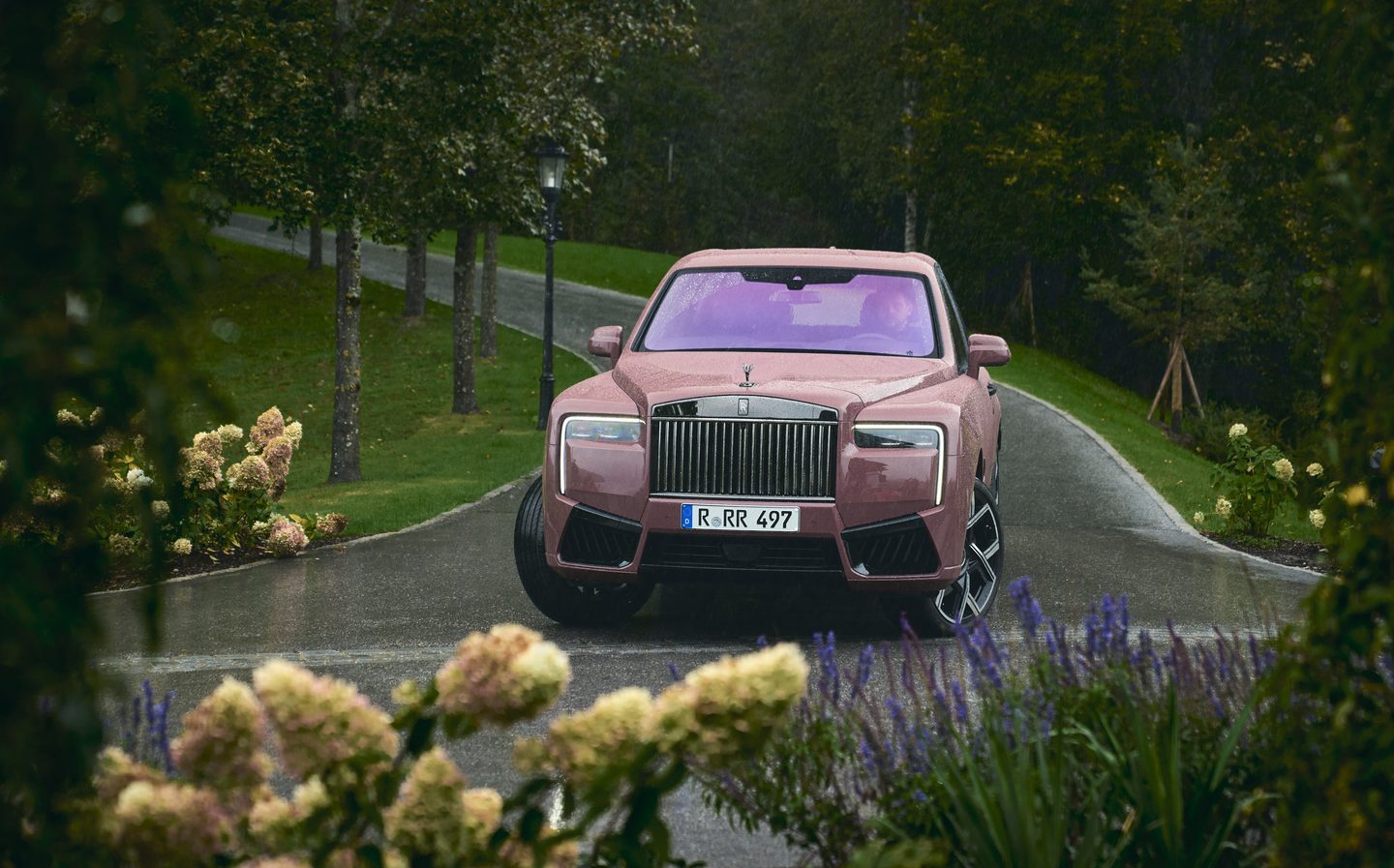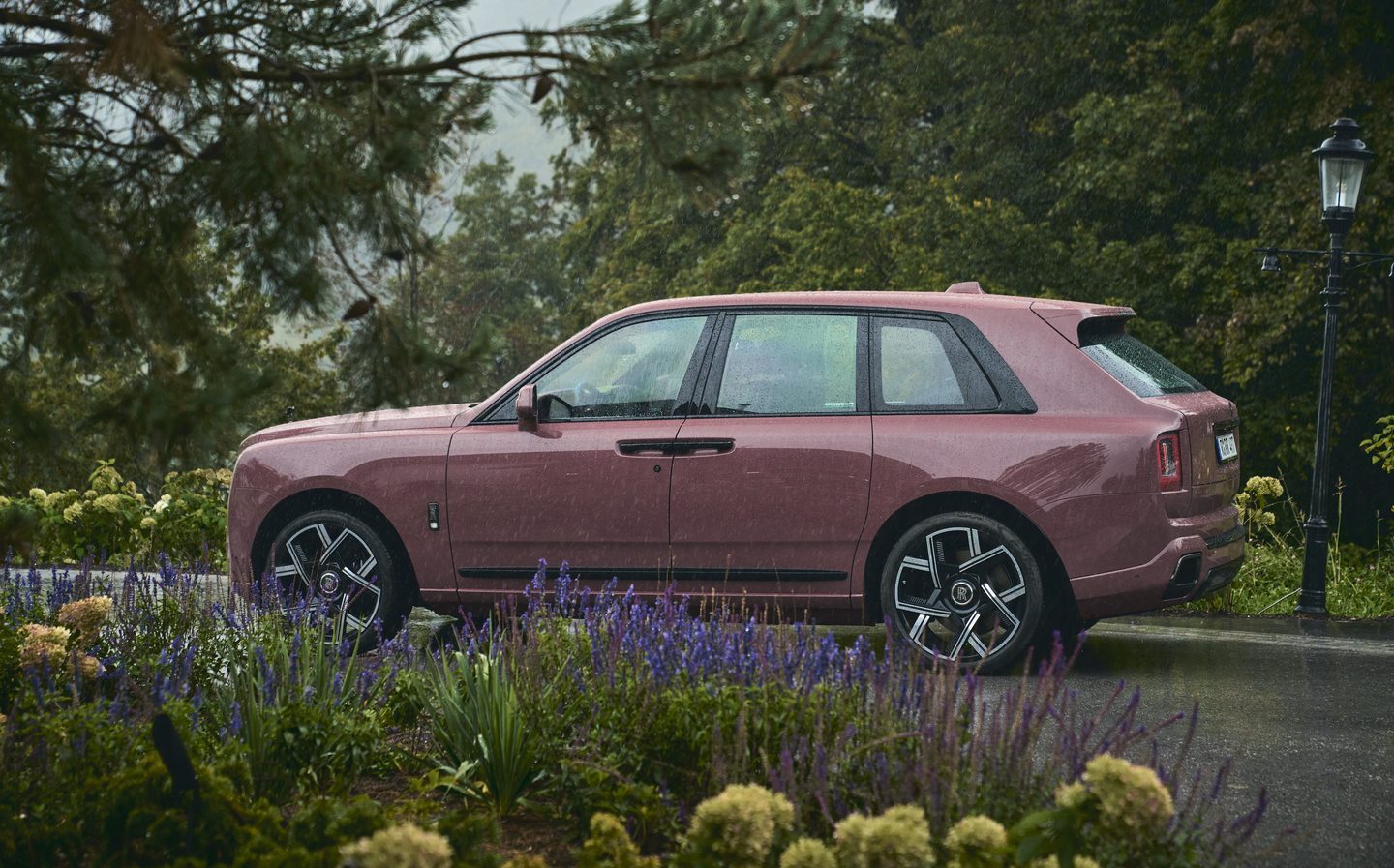Rolls-Royce Cullinan II 2024 review: Makes a statement ... but is it the right one?
FAB 1 or flabby one?
If, like me, your childhood was absorbed by a selection of fantastical Jerry Anderson shows, the prospect of a large, pink Rolls-Royce holds a certain appeal. Unfortunately, the brand’s West Sussex factory isn’t churning out six-wheeled limos as yet (m’lady), so this pastel pink Cullinan SUV is about as close to the Thunderbirds‘ FAB I as you’re going to get.
Yet somehow, clambering aboard a dusky pink Roller doesn’t quite have the surprise and delight for which six-year-old me had hoped. You see, Rolls-Royce may have a reputation for making the finest motor cars in the world, and though that’s certainly part of the marque’s heritage, it’s hardly the reason for the brand’s success.
If you want proof of that, look no further than the Cullinan. It is by no means the best car in the world — it isn’t even the best luxury SUV in the world — yet despite a reception we shall generously describe as “lukewarm” from the press, and the obvious superiority of the Bentley Bentayga EWB, it has sold in fittingly obscene numbers.
And that’s not because buyers want the last word in quality, sophistication and comfort (although those things help), but because they want the last word about themselves. A modern Rolls-Royce is a statement, telling regular folk all they need to know about your taste and wealth, and no Rolls does that better than the Cullinan.
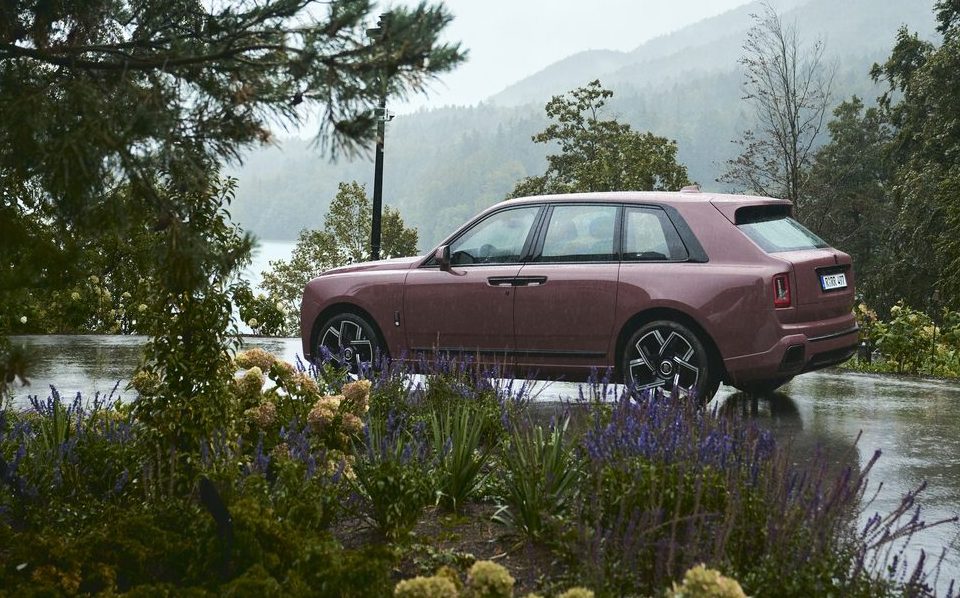
Except, perhaps for the Cullinan Black Badge. Rolls-Royce describes the Black Badge line-up as a kind of dark alter-ego for the brand, moving away from the chrome brightwork of Lord Sugar’s limo to the sportier black trim that we see so often on performance cars. The scheme might sound like the antithesis of the Rolls-Royce marque, but it has been a smash hit with buyers, broadening the customer base and lowering the average age of the clientele significantly.
Which is why it’s fitting that we’re testing the new Cullinan II in Black Badge form. This is the latest version of a car that has brought Rolls to a whole new range of customers, so it’s arguably the most important new model Rolls has launched since the pure-electric Spectre. It’s also the only new model Rolls has launched since the Spectre, but we’ll gloss over that.
And the truth is that the Cullinan II isn’t all that new. The body shape, sometimes ungenerously likened to that of a black cab, is retained for the new generation, and only subtle alterations have been made to the details. There’s no black trim around the door sills these days, and there’s a redesigned grille inspired by that of the latest Phantom saloon. That means the vertical bars remain, but there’s now a horizontal line linking the new-look headlights, and the whole thing can be illuminated if you so wish.
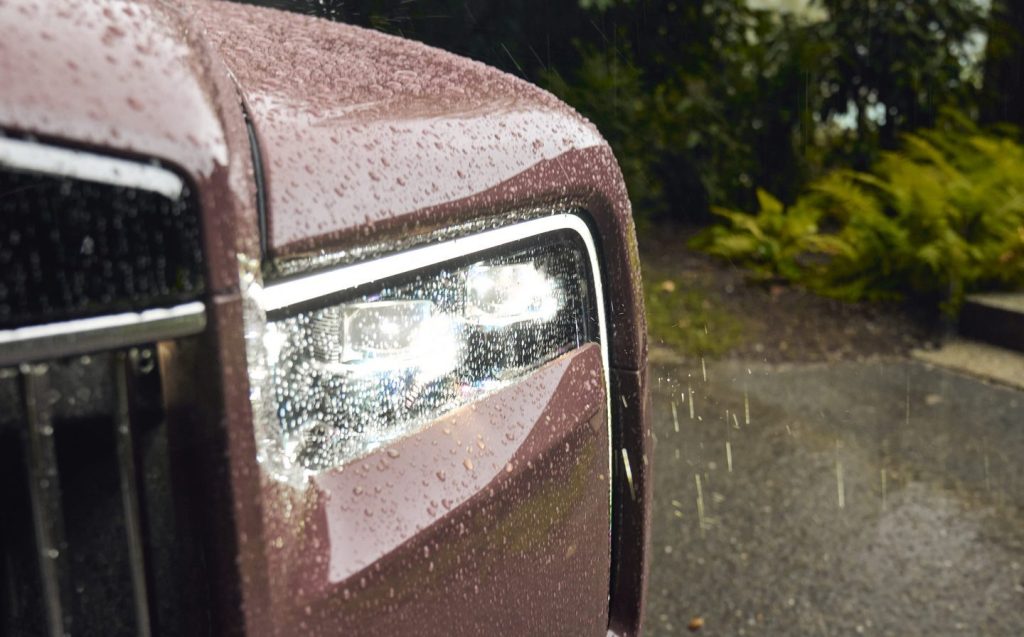
Rolls-Royce has also tweaked the bumpers to make the design cleaner, and the door handles on Black Badge models are now black, rather than silver.
But the truth is the Cullinan doesn’t look much different, and only proper anoraks will notice the difference. It’s still enormous, and it’s still very boxy, with that grille looking even wider and more outrageous as a result of the tweaks. And while it undoubtedly has presence, it’s the presence of a rock’n’roll star rather than landed gentry. It’s more parka than Parker, if you get my drift. Even in pink.
Obviously, that presence will appeal to plenty of people in London, Dubai and LA, but it seems less welcome on the mean streets of West Yorkshire, where I drove it. Among the dark satanic mills, driving a car like this feels wantonly antagonistic, and we’d suggest that owners steer clear of any location with an average house price lower than the Cullinan’s £320,000. Driving past a bus stop, you can almost hear the scorn pouring from the mouths of shivering shoppers.
I say almost, because you can’t hear very much at all of the outside world while in the Cullinan’s cabin. This car may be a bold choice in certain neighbourhoods but it’s very good at isolating you from everything beyond, thanks to triple-layer soundproof glass and copious amounts of insulating material in the body, which keeps the sound of the engine, tyres and any abuse at bay. Even at motorway speeds, conversations with passengers can be conducted at a whisper.
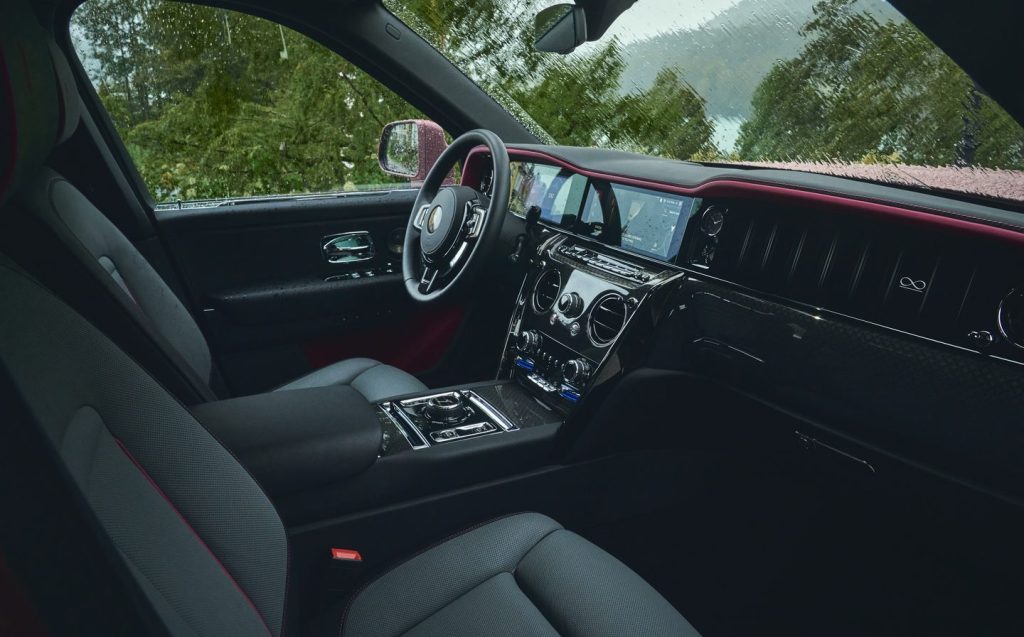
And that leaves you to enjoy the Rolls’ cabin in peace. As before, it’s enormous — those in the back have plenty of room to stretch out their legs, even if one of them is Peter Crouch — and it’s beautifully appointed with supple leather, woolly floor mats deeper than the Mariana Trench and lots of nice, cold metal.
The details are beautiful, too. One does not simply fold down the airline-style tray from the back of the front seats, but rather presses a button and watches it descend. And you can have little LEDs in the roof lining that depict the night’s sky on a day of your choosing (complete with shooting stars). And there’s no vulgar reaching for the doors, because a button on the door pillar swings the heavy “suicide” doors closed for you.
Obviously, this being a Rolls, the rear seats are the place in which to sit, but the company is seeing more “owner-driver” customers come through the doors of its Goodwood HQ and dealerships worldwide. So most of the updates to the Cullinan are best observed from the front, where there’s a new infotainment system derived from parent company BMW’s tech, and there’s a new digital instrument display.
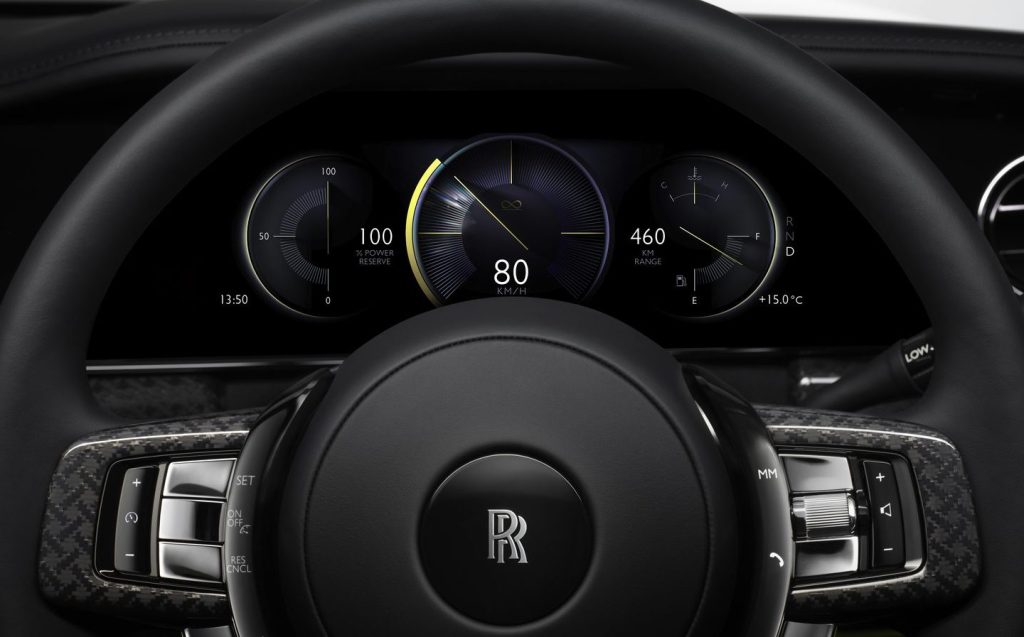
But despite that, parts of the Rolls are still deliciously old-school. Take, for example, the column-mounted gear shifter and the heater controls, which are inspired by considerably older Rolls-Royce products.
Quality is obviously a buzzword, with everything feeling solid and working smoothly, though it isn’t perfect. There’s still a bit of plastic knocking about, and that’s an unnecessary disappointment, particularly when it doesn’t always feel too tactile. Indicator stalks and steering wheel buttons, I’m looking at you.
Even so, there’s something quite spectacular about the view from the front, with that long bonnet and the black-chrome Spirit of Ecstasy standing proudly and defiantly in the autumn rain.
Under the bonnet is something even more impressive, in the twin-turbocharged, 6.75-litre V12 petrol engine that powers the Cullinan II. It’s the same engine found in the Cullinan I, and in this Black Badge car it produces a meaty 591bhp, which Rolls-Royce of old would merely have called “sufficient”. If you want a comparison, that’s roughly two-and-a-half times the power you get from a VW Golf GTI… but then the Cullinan II weighs roughly two-and-a-half times as much. At 2.7 tonnes, it’s a bit of a beast.
That power-to-weight ratio means this massive 4×4 is every bit as quick as the VW hatchback, mind you, getting from 0-62mph in just over five seconds and on to a top speed of 155mph. And if you press the “Low” button on the gear selector, it’ll get there with a fantastically aristocratic snarl from the massive engine.
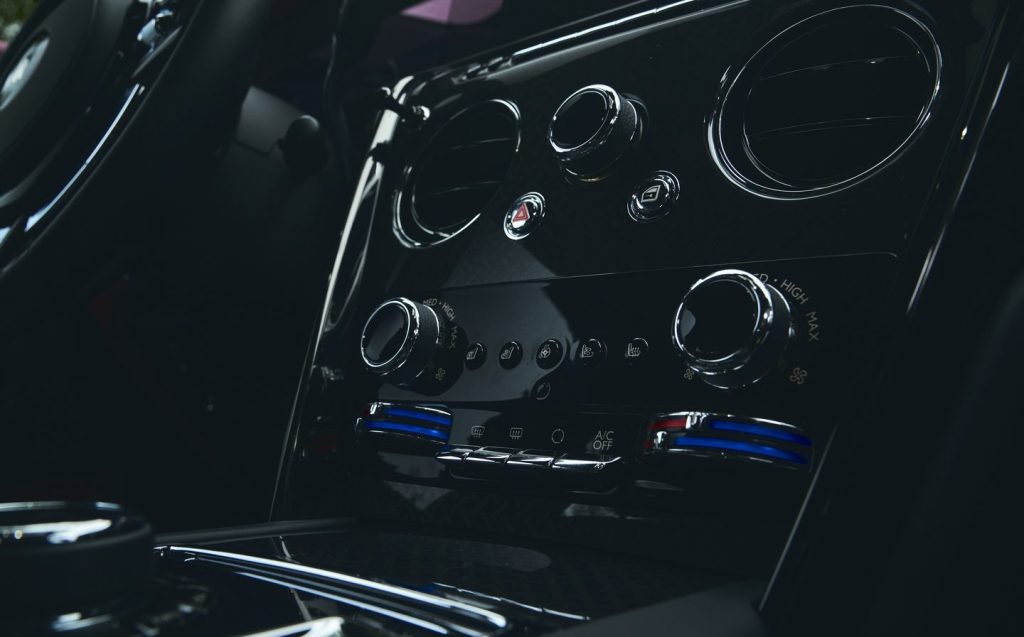
That’s the only time you’ll really notice the power, though, because the engine is just so smooth. The 12 pistons seem to glide through their cylinders with barely a thought, and the whole thing feels magically refined. There’s no noise unless you ask for it, and there’s absolutely no vibration whatsoever.
What there is, of course, is quite conspicuous consumption, with official economy of around 18mpg. We’d be surprised if many owners better 15mpg or so in the real world, but we’d also be surprised if that was something that concerned them.
They may worry slightly about the way the Black Badge rides, though. Don’t get me wrong; the Cullinan II is very comfortable, particularly on the motorway, and it’s a lovely car in which to while away the miles, but the suspension doesn’t isolate you from the realities of British roads quite as well as we were hoping.
Maybe it’s the big wheels or the immense weight, or Rolls’ attempts to make the Black Badge a bit sportier, or maybe it’s just because the engineers can’t control that big body without inserting a bit of low-speed stiffness to the ride, but the Cullinan II really thumps into potholes around town. Though this isn’t especially jarring, it doesn’t go unnoticed, either.
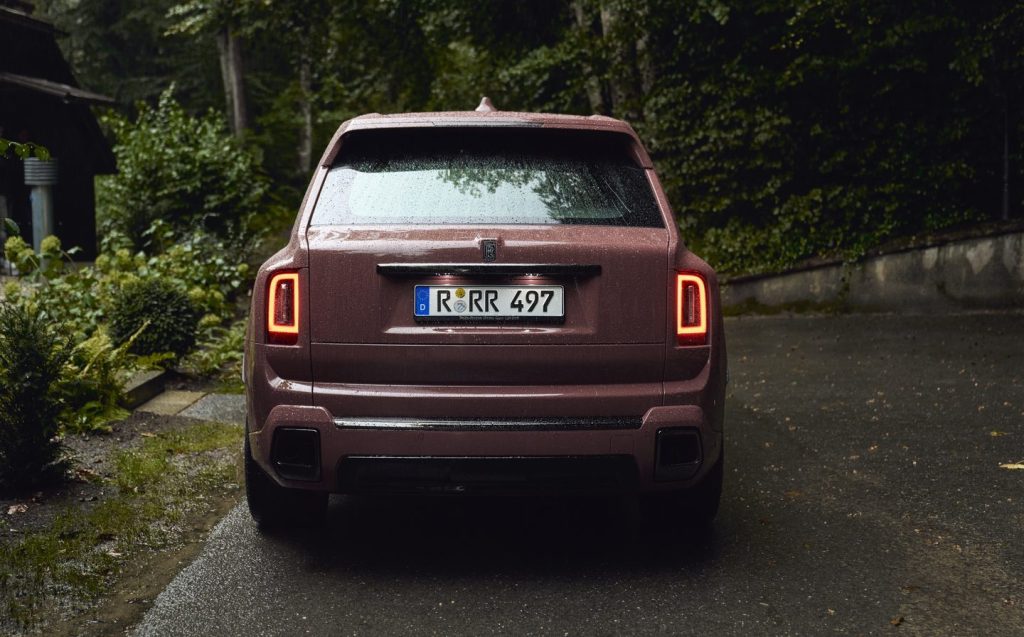
And if you are an owner-driver, you don’t get much dynamic ability in return for that stiffness. Nobody is going to hustle a Cullinan II that much, but there’s quite a lot of lean in corners and the steering doesn’t have much feel, so it certainly doesn’t encourage any hooliganism, and it definitely won’t reward it.
But that’s all because Rolls-Royce has made very few mechanical changes to the Cullinan in its transition from first- to second-generation model. And it didn’t need to, because customers aren’t buying the finest car in Christendom; they’re buying the car that says the most about them. If the Cullinan projects the image to which you aspire, you’ll absolutely adore it.
Related articles
- If you found this review of the Rolls-Royce Cullinan II interesting, you may want to read our review of the Rolls-Royce Spectre
- You might like to read about the Rolls-Royce Spirit of Ecstasy being redesigned for electric car age
- Did you know that Lunaz converted Sophia Loren’s Rolls-Royce Silver Cloud to electric power?
Latest articles
- Ferrari 12Cilindri Spider review: Heady blend of traditional and futuristic becomes even more intoxicating after lid is removed
- Skoda reveals its fastest accelerating production car yet: the electric Elroq vRS
- Carmakers fined £461m in UK and Europe for not competing over vehicle recycling
- Volkswagen Tayron 2025 review: Useful seven-seat SUV and decent PHEV — just not at the same time
- Skoda Enyaq 2025 review: Same book, different cover for electric SUV
- Lewis Hamilton wants to design a modern day Ferrari F40 with manual gearbox
- Dacia Bigster 2025 review: The ‘anti-premium’ family SUV that punches above its weight
- Your car’s worn tyres could be being burnt illegally in India, investigation reveals
- Open-top 214mph Aston Martin Vanquish Volante is world’s fastest blow-dry


